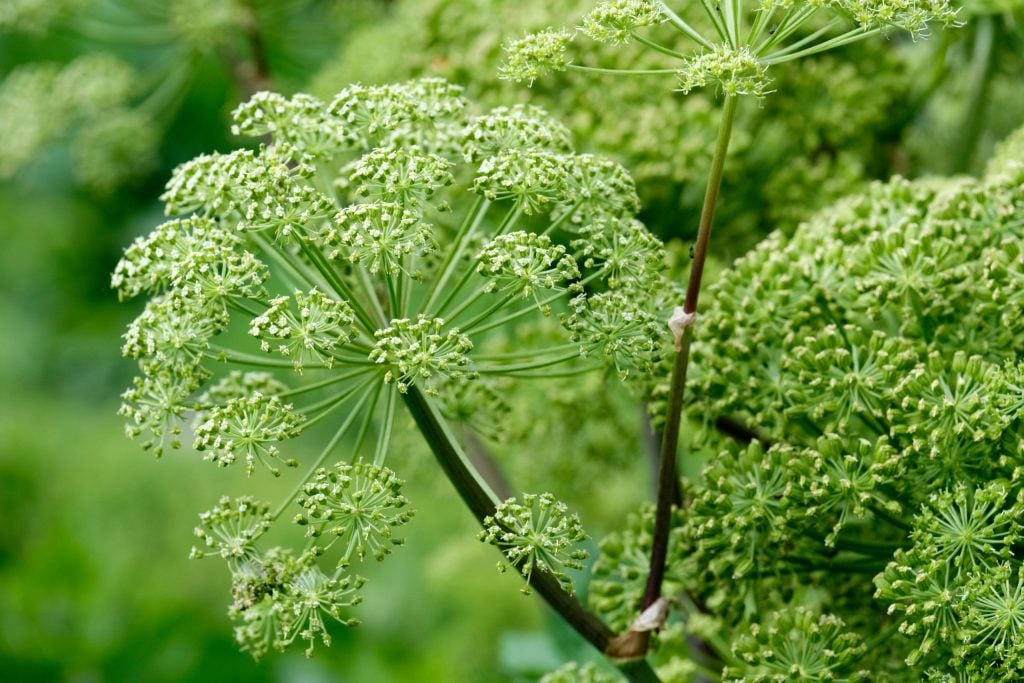Table of Contents
Angelica is a biennial plant belonging to the Apiaceae family. It is native to Asia and Europe but can be found in other parts of the world as well. Angelica plant is a large herb that can grow up to 6 feet in height, with an aromatic stem and foliage. The plant produces clusters of white or greenish-yellow flowers that bloom in the second year of growth.
This article aims to provide readers with comprehensive information on how to grow and care for Angelica plants. It covers soil requirements, sunlight, water, fertilisation, and pest control. The purpose of the article is to help individuals who are interested in growing Angelica plants and to provide them with the knowledge they need to maintain healthy plants.
So if you’re a gardener and want to get some tips on growing an Angelica plant, then stay tuned!
How to Grow Angelica Plant
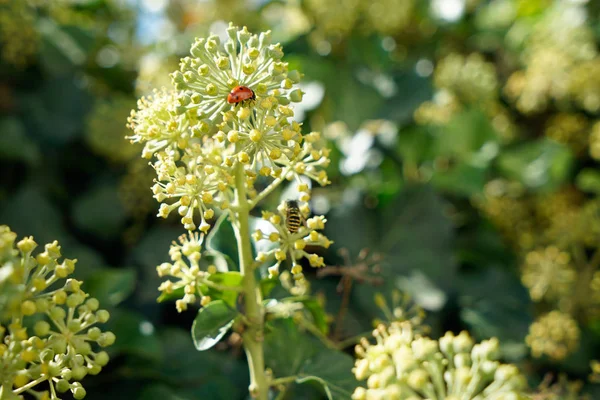
Angelica plant is an easy-to-grow herb that belongs to the Eurasian region and has been used for centuries for medicinal and culinary purposes. Let’s discuss its sunlight, water, and soil requirements.
1. Sunlight Requirements
Angelica requires partial shade to full sun to grow well, depending upon the region where it’s grown. It is important to provide the plant with at least 6 hours of sunlight daily. If you are growing Angelica in a colder climate, make sure you choose a spot that receives plenty of sunlight. While growing Angelica in a warmer climate, you need to choose a spot that receives partial shade, especially during the hottest part of the day.
2. Water it Regulalrly
Angelica plant requires regular watering to keep the soil moist but not waterlogged. Water the plant deeply once a week, especially during dry spells. Make sure to water the plant at the base to avoid getting the water on the foliage, as this can cause fungal diseases. Angelica plants are sensitive to drought, so make sure to water them often during the growing season.
3. Provide Balanced Soil
Angelica plant requires rich, well-draining soil to grow well. The soil should be moist and acidic. Make sure the pH level of the soil should be less than 7.0. Before planting the Angelica plant, prepare the soil by adding organic matter such as compost or well-rotted manure. It is recommended to test the soil prior to planting the plant, and if it is alkaline, then reduce its pH level by adding acidic substances.
How to Propagate Angelica Plant

Angelica plants can be propagated by seed sowing and division. Seed sowing is the easiest method and can be done directly in the garden. Division can be done in the spring or autumn when the plant is not actively growing. Let’s dive deep into each of these methods.
1. Seed Sowing
One of the easiest ways to propagate the Angelica plant is by seed sowing. The seeds can be sown directly in the garden in spring or autumn. Here are the steps to follow.
- Choose a well-draining soil that is rich in organic matter.
- Sow the seeds about one-fourth to three-eighth inch deep and space them about 12 to 24 inches apart.
- Water the soil well after sowing.
- The seeds will germinate in about 3 to 4 weeks.
2. Division
Angelica can be propagated by division. This method is best done in the spring or autumn when the plant is not actively growing. The steps are listed below.
- Dig up the plant and gently separate the clumps into smaller sections. Each section should have at least one root and one shoot.
- Replant the divisions in well-draining soil.
- Water the soil after planting and keep it moist.
- The divisions will establish in about 2 to 4 weeks.
How to Care For Angelica Plant
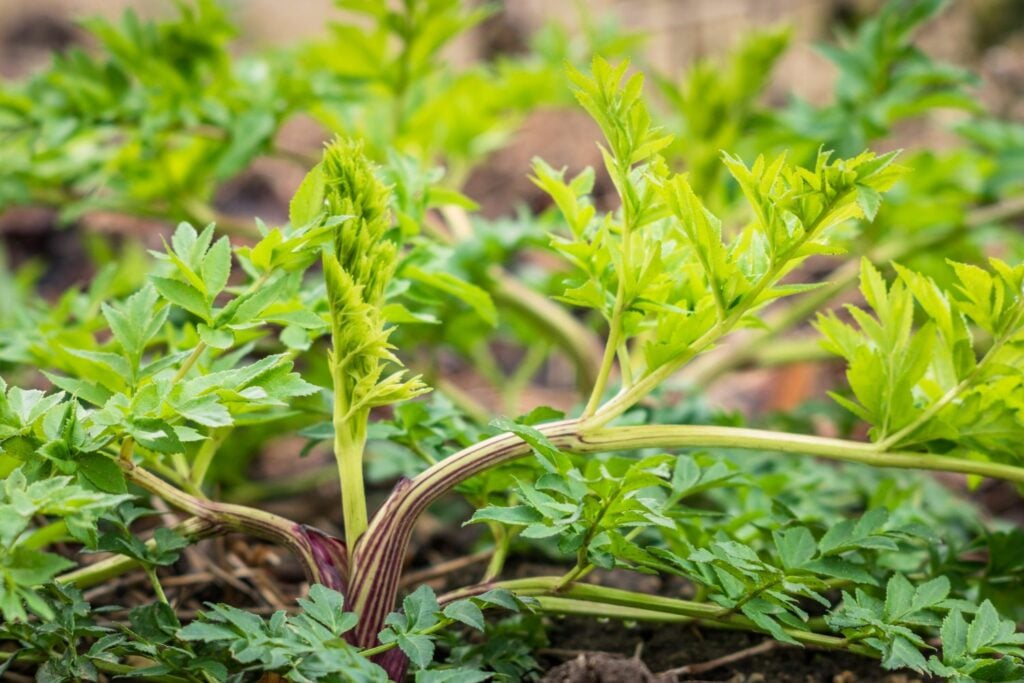
Angelica plant is a hardy perennial herb that requires minimal maintenance. However, with proper care, you can ensure that the plant thrives and produces a bountiful harvest of leaves and seeds. Here, we’ll discuss four essential aspects of caring for the Angelica plant – fertilising, mulching, pruning, and pest control.
1. Fertilising Technique
Angelica plant requires nutrient-rich soil to grow well. To ensure that your Angelica plant is well-fed, you can fertilise it once a month during the growing season. Use a balanced fertiliser that contains equal amounts of nitrogen, potassium, and phosphorus, for example, a 10-10-10 NPK ratio fertiliser. Apply the fertiliser according to the manufacturer’s instructions, and water the soil thoroughly after application.
2. Apply Mulch
Mulching is a crucial aspect of caring for the Angelica plant, as it helps to retain moisture and suppress weeds. Apply a 2 to 3-inch layer of organic mulch, such as shredded leaves, around the base of the plant. Avoid placing the mulch directly against the stem, as this can cause it to rot. Mulch your plant in the spring and autumn seasons.
3. Proper Pruning
Pruning is essential for maintaining the health and shape of your Angelica plant. Cut back the stem to the ground after the plant has finished flowering to encourage new growth. You can also remove any damaged or dead leaves or stems throughout the growing season. Prune your Angelica plant in the spring before new growth appears, and use clean, sharp pruning shears to avoid damaging the plant.
4. Pest Control Method
Angelica plants are relatively pest-resistant; however, they can be susceptible to snails, slugs, and aphids. To control these pests, you can use insecticidal soap or neem oil. Apply the insecticidal soap as per the manufacturer’s instructions, and avoid spraying the plant during the hottest part of the day. To control slugs and snails, handpick them off the plant.
Various Types of Angelica Plants
There are several different types of Angelica plants, each with its unique characteristics and growing requirements. Some of the most popular types of Angelica plants are listed below.
1. Angelica Archangelica
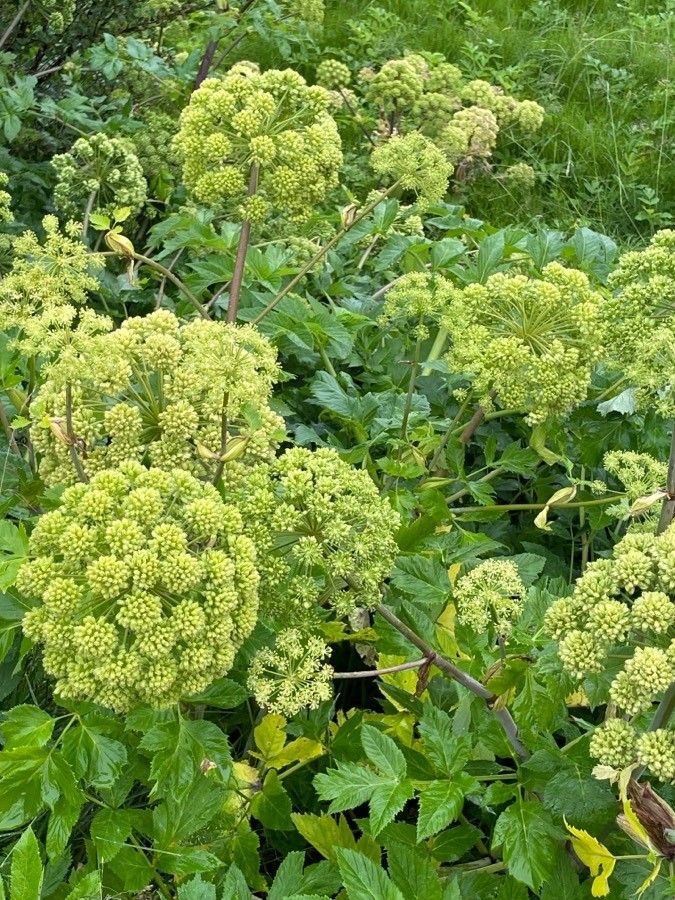
Angelica archangelica, also known as garden angelica, is the most commonly grown species of Angelica. It is a biennial plant that produces large, umbrella-like clusters of greenish-white flowers. Garden angelica is used for both medicinal and culinary purposes.
2. Angelica Sylvestris
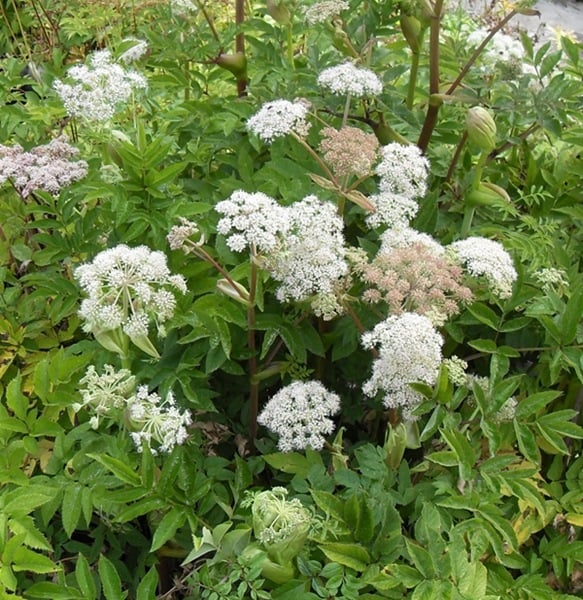
Angelica sylvestris, also known as wild angelica, is native to Europe and Asia. It is a perennial plant that can grow up to 8 feet in height and produces clusters of greenish-white flowers. Wild angelica is commonly used in herbal medicine and is believed to have anti-inflammatory properties.
3. Angelica Gigas
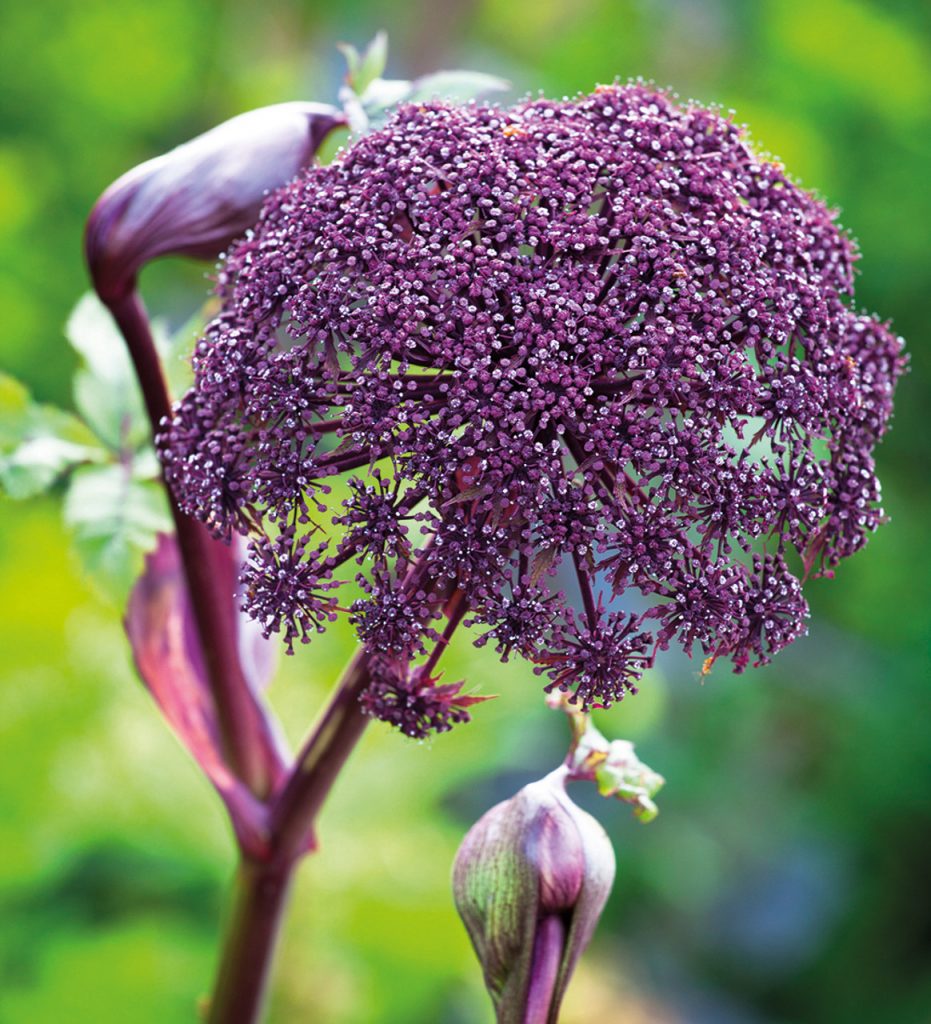
This species of Angelica is native to Korea and Japan. It is a perennial herb that can produce clusters of bright pink or purple flowers. Angelica gigas is used in traditional Korean medicine to treat menstrual cramps and other gynaecological issues.
4. Angelica Pachycarpa
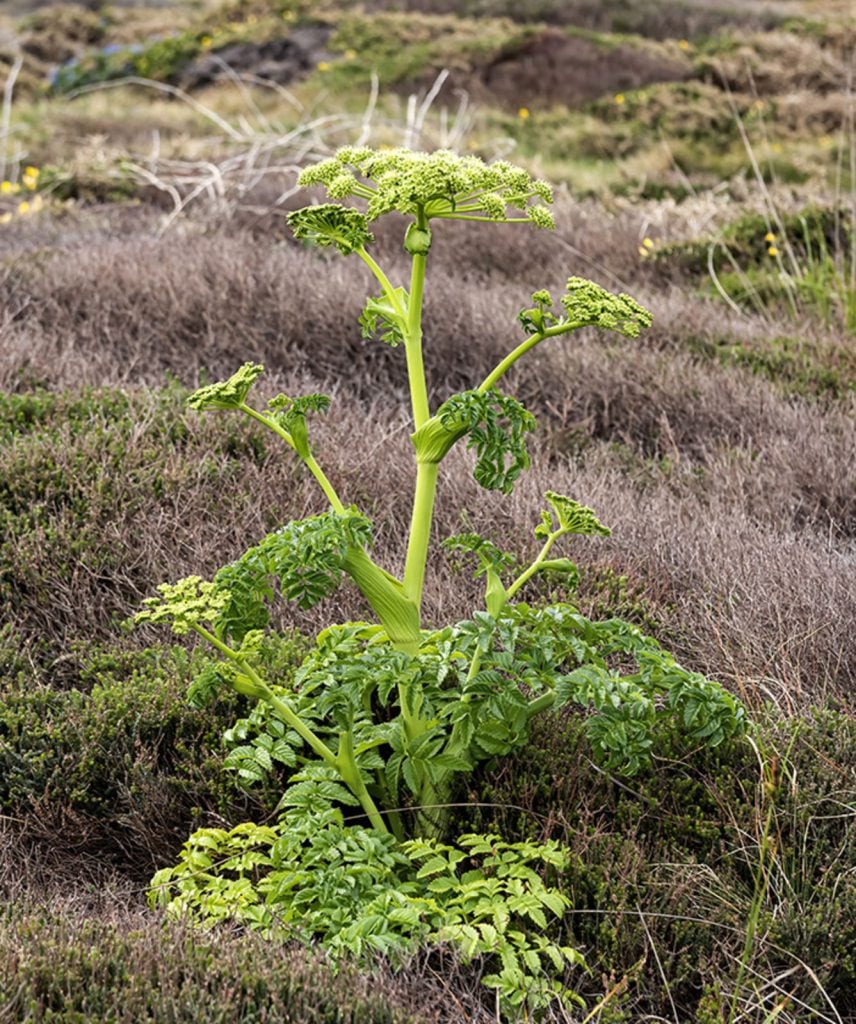
Angelica pachycarpa is native to Spain and western Portugal and is a perennial plant. It produces clusters of yellowish-green flowers and is used in traditional Ayurvedic medicine to treat digestive issues.
5. Angelica Atropurpurea
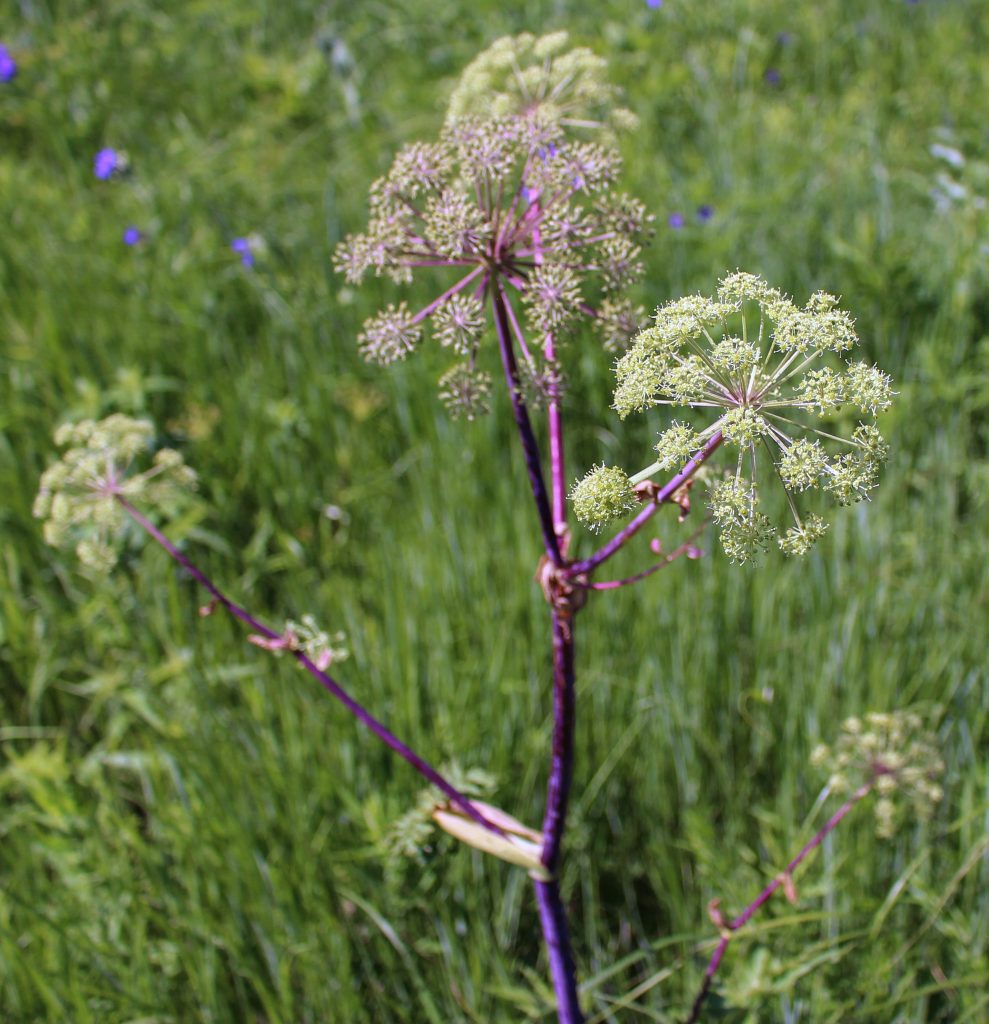
Angelica atropupurea, also known as purple-stemmed angelica, is native to North America. It is a biennial plant that can grow up to 6 feet in height and produce clusters of greenish-white flowers. It is used in herbal medicine and is believed to have anti-spasmodic properties.
Different Uses of Angelica Plant
Angelica plant has been used for centuries for its medicinal and culinary properties. It is a versatile herb that can be used in a variety of ways, and its health benefits are widely recognised. Have a look at the various uses of the Angelica plant, including its medicinal, culinary, and other uses.
1. Medicinal Uses

Angelica has been used in traditional medicine for its numerous health benefits. It is rich in antioxidants, vitamins, and minerals, which help to boost the immune system and prevent diseases. It is also known for its anti-inflammatory and antiviral properties. It can be used to treat a variety of health conditions.
- Digestive issues: Angelica plant can help to relieve digestive issues such as bloating, indigestion, and constipation.
- Respiratory problems: It can help to treat respiratory problems such as coughs, colds, and bronchitis.
- Menstrual issues: Helps to regulate menstrual cycles and relieve menstrual cramps.
- Anxiety and stress: Angelica plant is also used to reduce stress and anxiety levels, promote relaxation, and improve sleep.
2. Culinary Uses
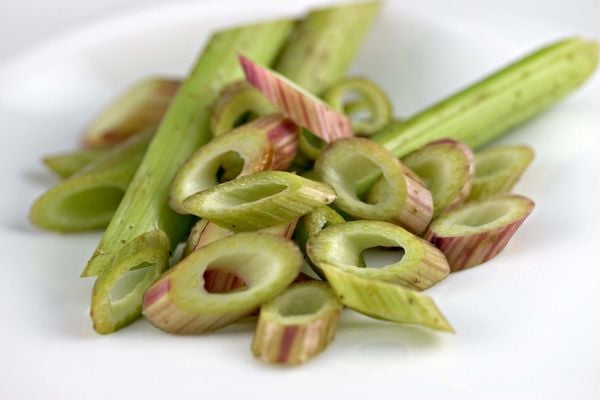
Angelica plant has a distinctive flavour that is used in a variety of culinary dishes. Its leaves, stems, and roots are all edible and can be used fresh or dried. Moreover, it is commonly used in the following ways as well.
- Angelica stems: The stems of Angelica plants can be candied and used as a garnish in desserts.
- Angelica tea: The leaves and stems of Angelica can be used to make a tea that has a pleasant and earthy flavour.
- Angelica in cooking: Angelica plant can be used as a seasoning in savoury dishes such as soups, stews, and sauces.
3. Other Uses
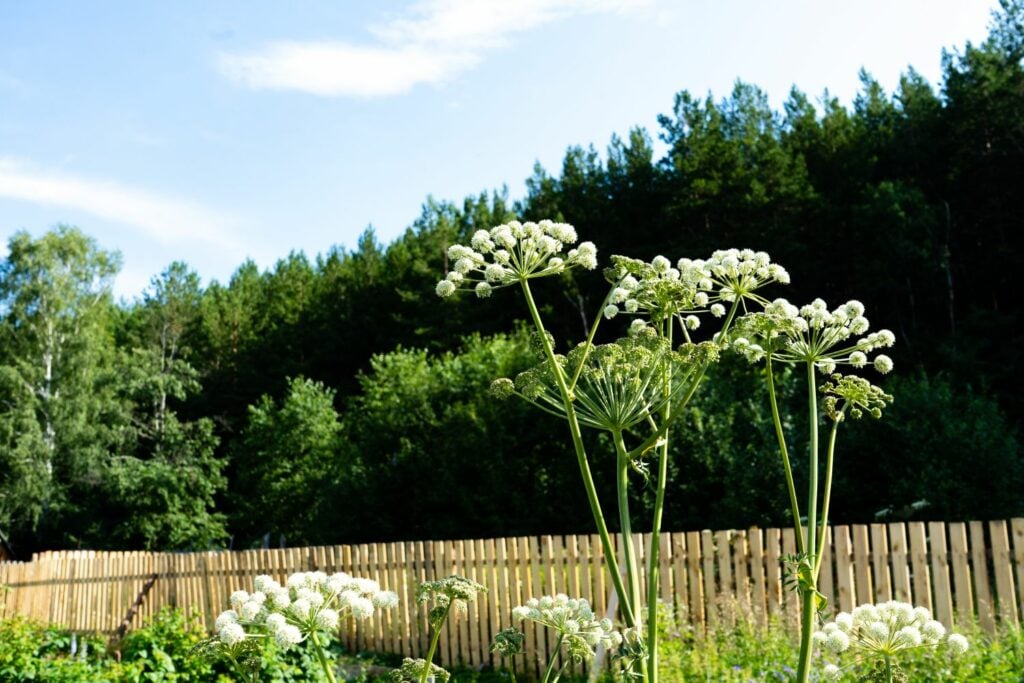
Angelica plant has several other uses beyond its medicinal and culinary properties. It is commonly used in the following ways.
- Fragrance: Angelica has a pleasant fragrance and is often used in perfumes and soaps.
- Herbal remedies: It is used in several herbal remedies and can be found in a variety of health supplements.
- Ornamental use:They are beautiful, tall plants that can be used in landscaping and garden design.
- Insect repellent: Angelica plant is a natural insect repellent and can be used to keep pests such as mosquitoes and flies away.
Grow Your Own Angelica Plant
In conclusion, growing and caring for Angelica plants can be a rewarding experience for you. By following the tips discussed in this article, you can ensure that your Angelica plant thrives and provides you with numerous benefits.
In the end, the Angelica plant requires a good amount of sunlight, well-drained soil, and regular watering. It can be propagated through seed sowing and division. Caring for this plant involves fertilising, mulching, pruning, and pest control. Angelica has various uses, including medicinal, culinary, ornamental, and insect repellent. We urge our readers to try growing the Angelica plant and experience its benefits for themselves.
Whether you want to use it in your cooking or for its medicinal properties, the Angelica plant is a valuable herb that is worth growing in your garden. We hope this article has provided you with useful tips and information on how to care for Angelica plants.
Frequently Asked Questions
Does Angelica Need Full Sun?
Yes, Angelica plants generally require full sun to grow and thrive. They need at least 6 hours of sunlight daily. However, it can tolerate partial shade, especially in hot and dry climates, as long as it gets enough sunlight.
How Do You Take Care of An Angelica Plant?
To care for an Angelica plant, you should provide it with plenty of sunlight, well-draining acidic soil, and regular watering. Fertilise it once a month during the growing season, and mulch around the base of the plant to help retain moisture. Prune the plant regularly to remove dead or damaged leaves and stems. Finally, watch for pests and diseases and take appropriate measures to control them.

